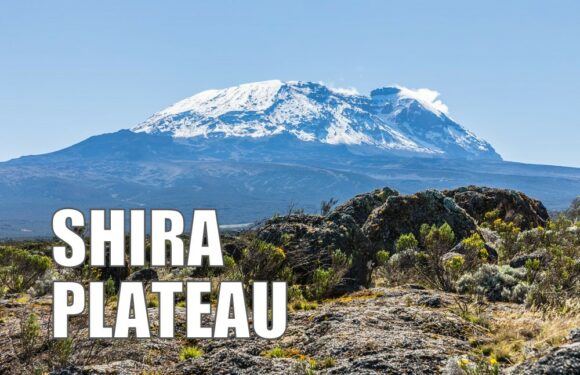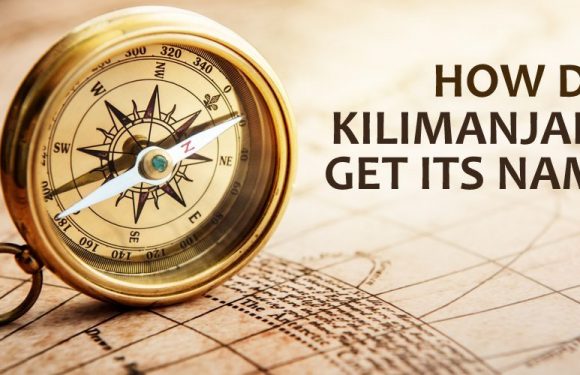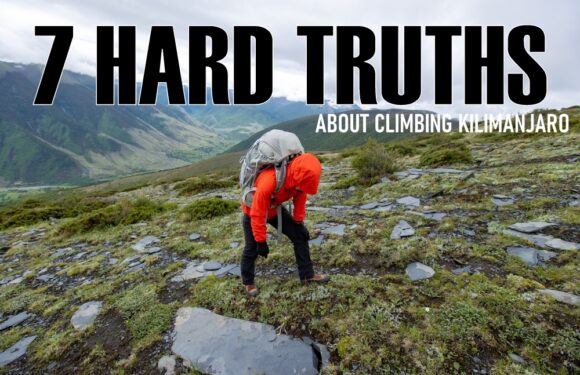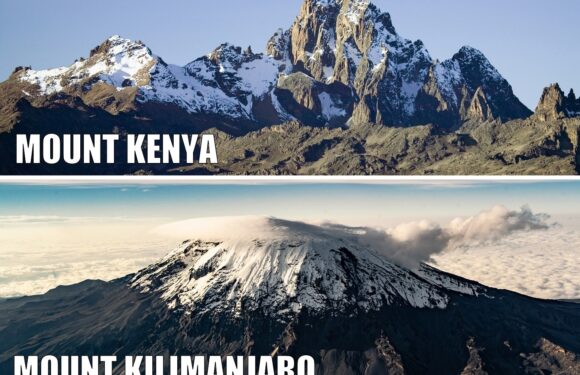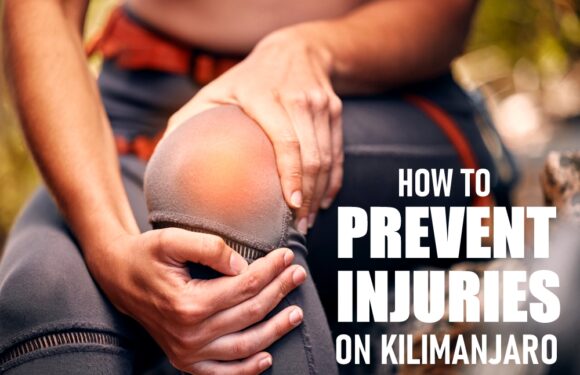
Mount Kilimanjaro has no shortage of amazing visually stunning sights. The climb from the trailhead to the summit of Kilimanjaro rises from 6,000 ft to 19,340 ft, crosses five ecological zones, and offers plenty of spectacular things to see.
Here’s a list:
1. Rainforest
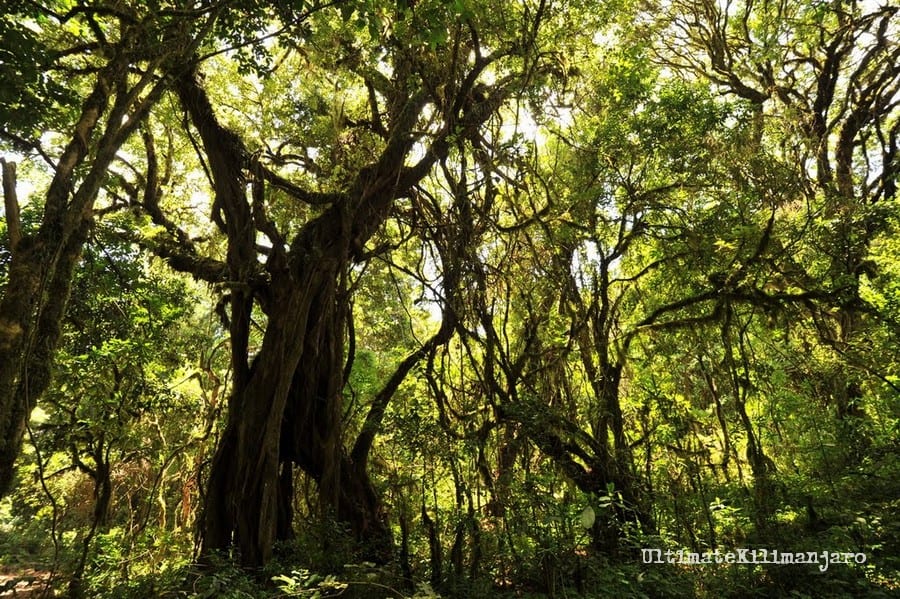
Kilimanjaro routes begin in the lush rainforest, which receives approximately 80 inches of rain annually, mostly during the rainy season months of April through May and November.
2. Colobus Monkeys

The Colobus monkey lives on the treetops in Kilimanjaro’s rainforest. Their name comes from a Greek word referring to the stumps on their hands they have instead of thumbs.
3. Zebra Rock
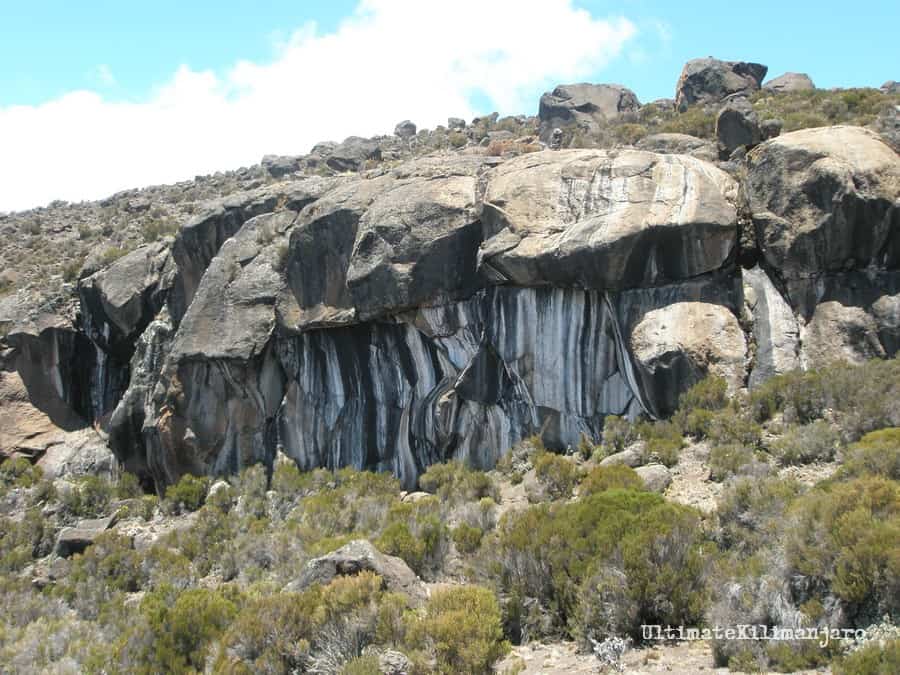
Zebra Rock is a popular landmark on the Marangu route. Over time, mineral rich rain water flowing over the black lava formed white streaks on the rock wall resembling a zebra.
4. Dendrosenecio Kilimanjari Plants

The rare flora species Dendrosenecio Kilimanjari have evolved and adapted themselves to the unique and unpredictable weather of Kilimanjaro in order to survive.
5. Shira Plateau
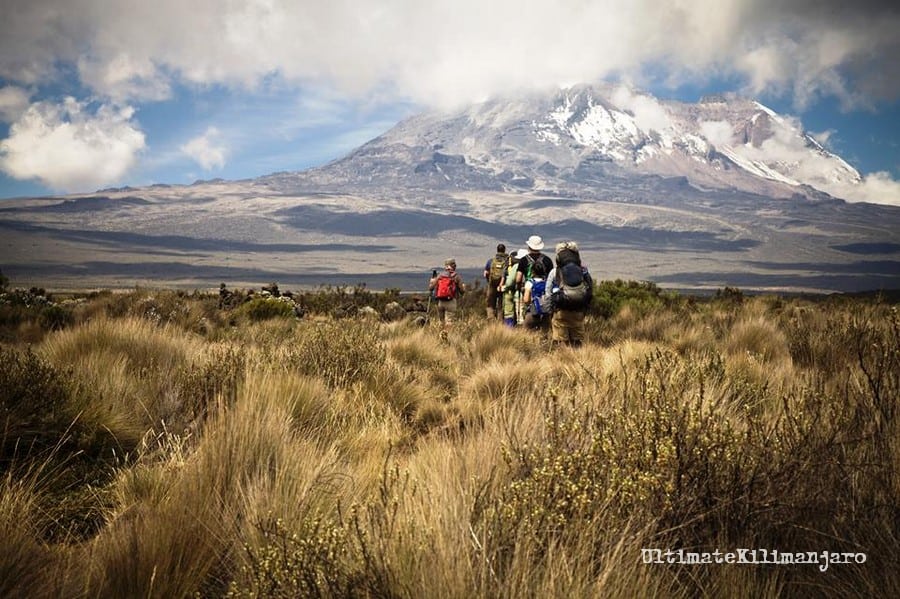
The Shira Plateau is located on the western side of the mountain. The plateau is actually a caldera, a collapsed volcanic crater, created 500,000 year ago that was later filled with lava debris from another eruption.
6. White Necked Ravens

White necked ravens are commonly found lurking around campsites and huts looking for some leftover food. They get their name from a patch of white feathers on the back of the lower neck.
7. Plane Crash Site

In November 2008, a small passenger plane carrying four tourists and the pilot crashed on Kilimanjaro at 14,200 ft. The wreckage remains on the mountain on the saddle between Uhuru and Mawenzi.
8. Strong Porters
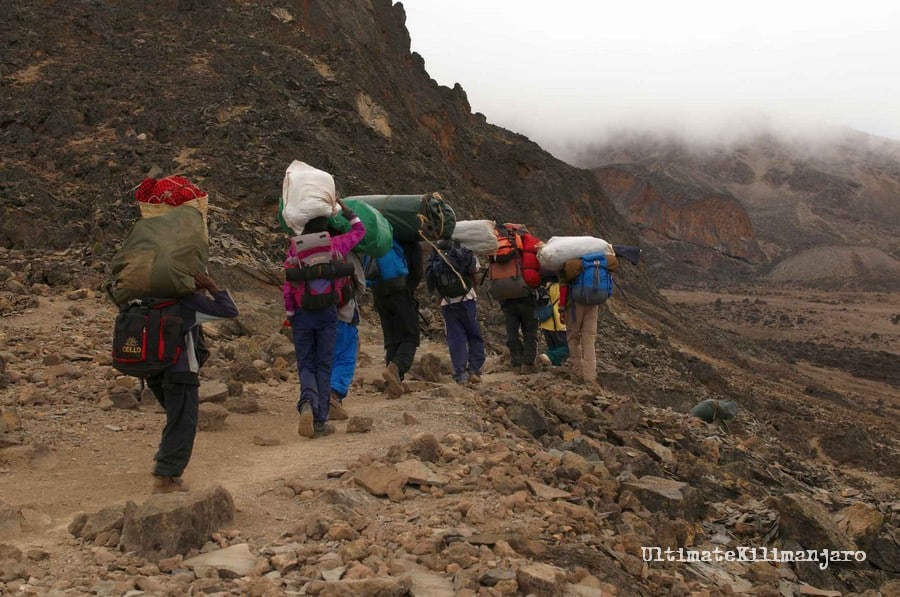
The Kilimanjaro porters carry all the gear so you don’t have to. These hard workers are a key success factor for climbers to reach the top.
9. Lava Tower

Sitting at 15,190 ft, Lava Tower was caused by a volcanic eruption dating back between 150,000-200,000 years ago. Climbing the tower is a fun activity for people feeling extra adventurous.
10. Mawenzi
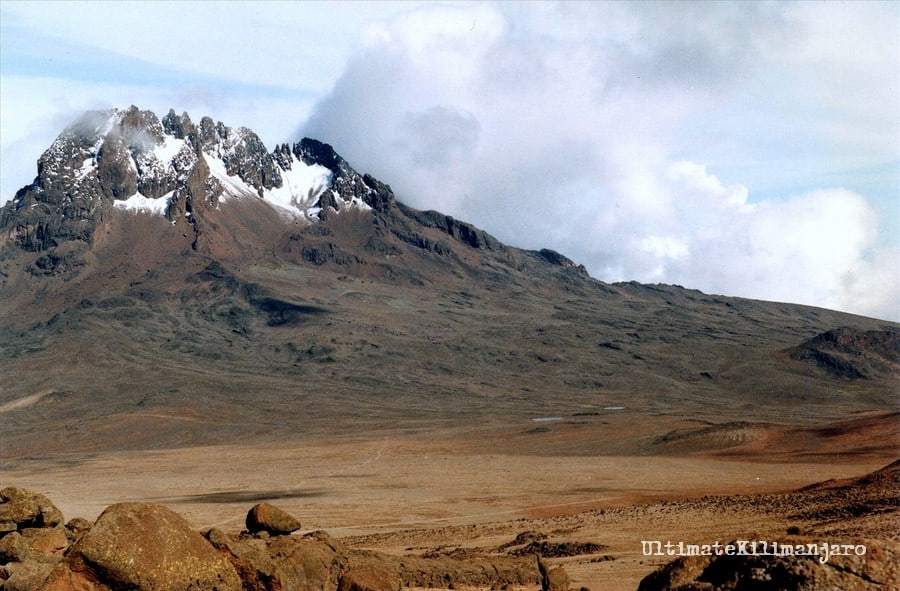
Mawenzi is an older peak then Kibo, formed by a volcanic eruption that subsided before Kibo peak was formed. Mawenzi has no ice because it is too steep to allow glaciers to stick to it.
11. Full Moon
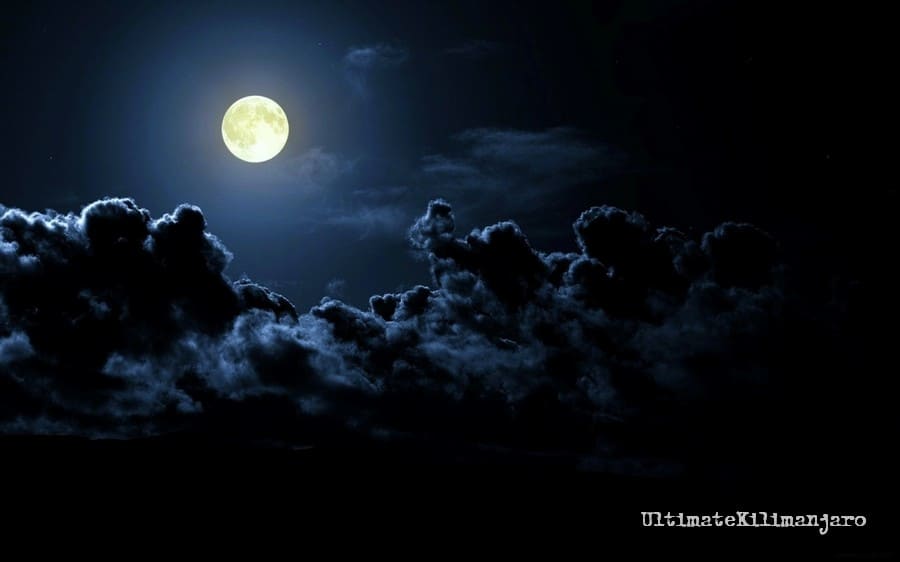
One of the most popular times to climb Kilimanjaro is during a full moon. Climbing at this time with a clear sky will improve your visibility, especially during the summit attempt.
12. Glaciers
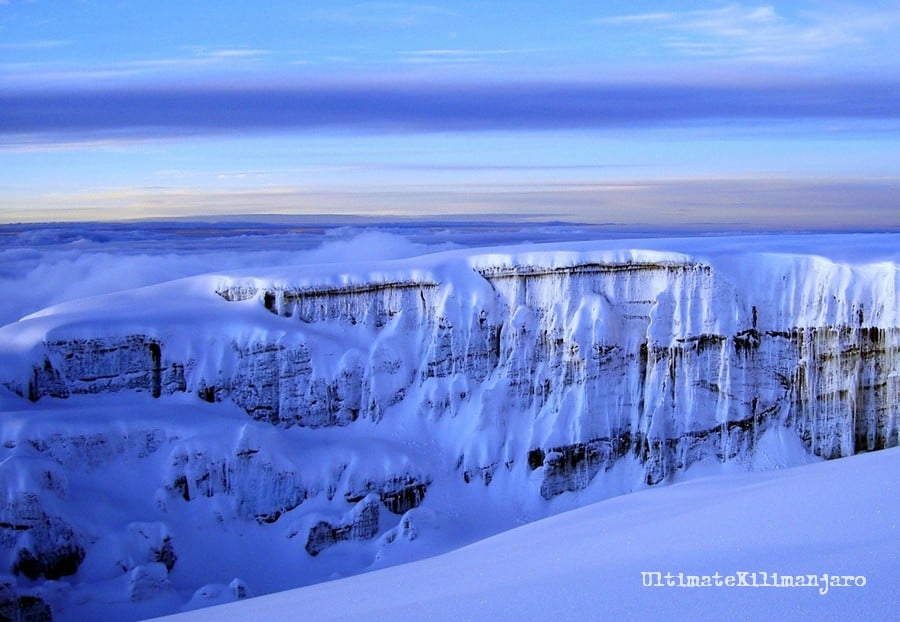
Kilimanjaro’s 11,000 year old glaciers have drastically disappeared by 85% over the last 100 years. Because of this rate of decline, many experts expect the glaciers to completely disappear in the next 50-70 years.
13. Kilimanjaro Sunrise
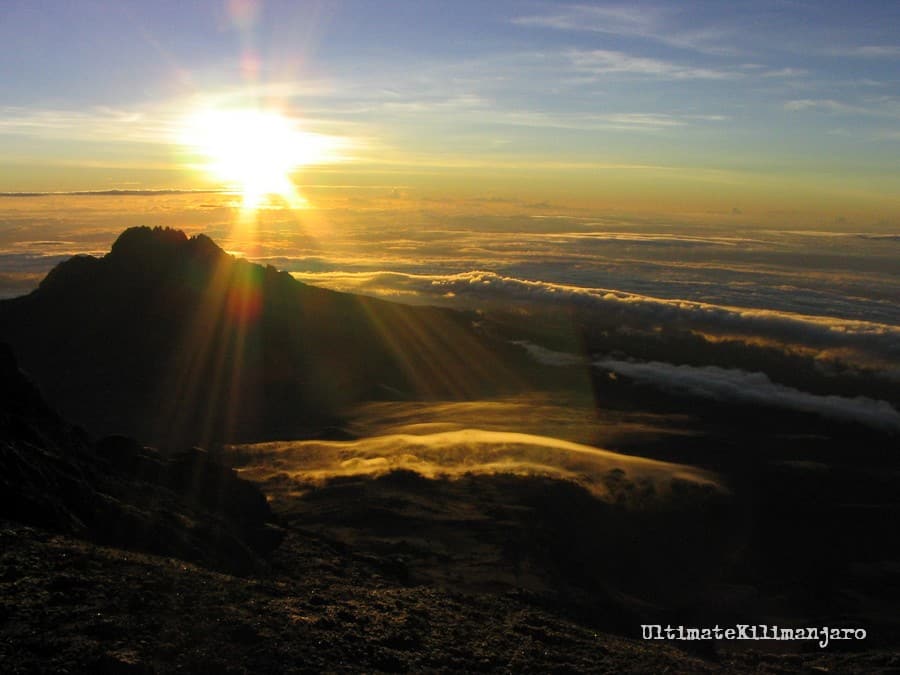
Many climbers especially enjoy the spectacular sunrise while heading up to the summit. It is viewed from above the clouds, as climbers approach Uhuru Peak in the early hours before the dawn.
14. Kibo Crater
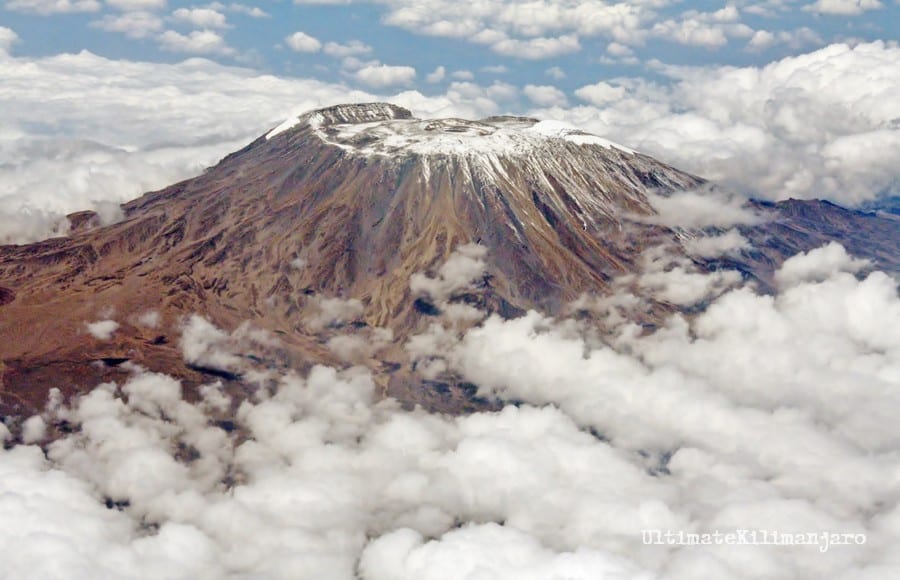
There are three volcanic cones on Mount Kilimanjaro: Shira, Mawenzi and Kibo. Kibo crater is the main crater and the largest, located near the summit of Kilimanjaro.
15. Uhuru Peak

At 19,340ft, Uhuru Peak is the highest point on Mount Kilimanjaro. The word Uhuru means “freedom” in the Swahili language. The green signage pictured above replaced the original wooden signs that were on the mountain for decades. Then the park decided to go back to the wooden signs a couple years afterwards.
Want to see these for yourself? See our dates and prices.





















































